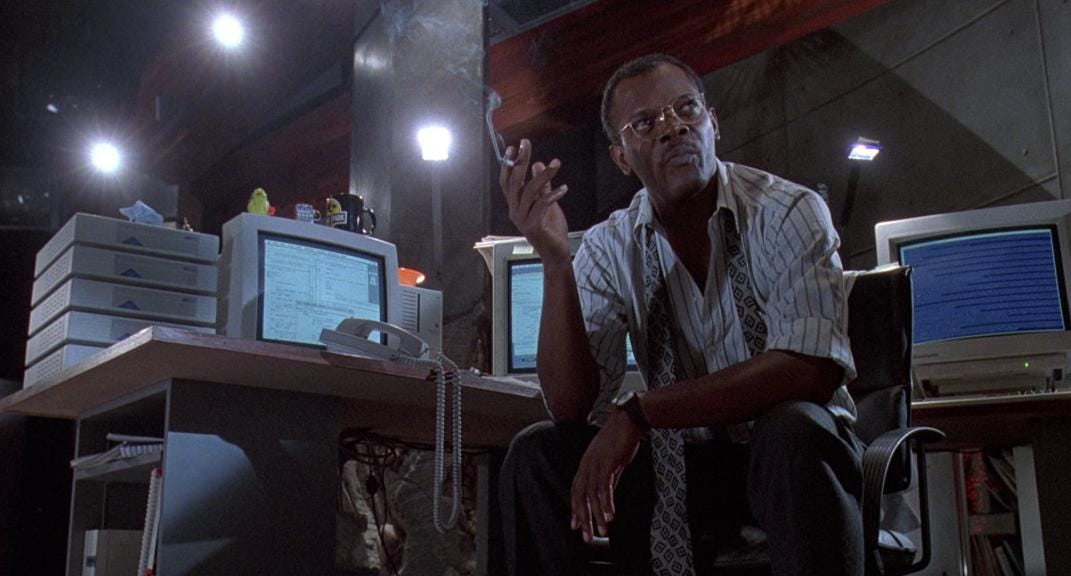The Life Changing Magic of File Naming Conventions
Keeping track of your writing, no matter what revision you're on.
This week’s rebroadcast highlights a segment from Scriptnotes Episode 319 about a practical writing topic: file management.
I have what is possibly the most boring question in the history of the show. What filing and or naming conventions do you use for your script files? And do you distinguish between drafts or major changes, polishes in your file names? I don’t mean for production revisions, but just for your own internal purposes. Also, how do you guys collate all your notes on a draft and file them so they make sense? I’ve been putting them in the same folder for whatever draft they were for, but it’s quickly become quite messy.
–Clive, Los Angeles
John: Craig, I have known you for years, I have no idea how you number your files.
Craig: I’m pretty simple. The first draft is Draft 1. And then I work on that. And then when I send it in, I put the date in parenthesis along with the name, so then if there are some little notes before I’m sending in an official draft one, then it will be Draft 1 with a new date. And then when the official one is designated, I’ll just say Official Draft 1. So, you know, I have multiple versions of it.
All the while, I’m generating PDFs, which I’m handing back and forth between myself and Jaq Lesko, who is my editor. And so that’s roughly how I do it. And then I go to Draft 2. I don’t distinguish between drafts, polishes, rewrites. Everything is a draft. Draft 1, 2, 3, 4, 5, 6, 7.
John: I have everything on Dropbox. I’ll have a folder for a project. So I’ll have a folder for Aladdin. Once I start assembling a script, I’ll give it a date—whatever date I’m turning in that script—that will be the number at the end of it. So it will say Aladdin 2.28.17, because I like dots in my dates. Because I’m that guy.
And then everything for me is just the date on it. So the file just shows what the date would be on the title page of that script. I don’t say first draft, second draft, whatever draft.
Craig: I had to figure out a slightly new system because Chernobyl was in episodes. I’ve never written anything in episodes before. But I just made folders. Each episode got a folder.
It’s a little annoying, actually, because in movies we’re on the draft we’re on. So I just know, “OK, I’m on the second draft.” I can live in that folder for a while and not have to worry about going in between folders. But to keep things neat for Chernobyl, I did divide it up by episode or else it would have gotten out of control.
John: Once we get into color revisions, then I will label the script, like Blue Revisions, and stuff like that. Which is natural for this.
The other thing I’ll say is that there are going to be times where you’re cutting stuff out of your script, like there’s a scene that you want to hold on to that’s not part of it. What I used to do was create a separate scratch file of things that got cut out of it, so I could go back to those things if I needed them. In Highland, there’s bins. So there’s a place you can just drag stuff over and it will keep it there. I tend to use the bins that are part of the file itself so I don’t ever lose those little pieces.
Craig: That’s smart. In Fade In there is a function where you can also bin large chunks of stuff within the file without it showing. But I still will — just as force of habit, I’ll just cut, then Command N for a new file. Paste. Save As, and just write a description of it. Maybe three or four times every project there will be pieces that get shoved off to the side.
Are you enjoying this newsletter?
📧 Forward it to a friend and suggest they check it out.
🔗 Share a link to this post on social media.
🗣 Have ideas for future topics (or just want to say hello)? Reach out to Chris via email at inneresting@johnaugust.com, Mastodon @ccsont@mastodon.art, or Threads @ccsont@threads.net
The WGA Strike Continues — Get Involved!
We want to remind you of ways you can participate and support the effort to create a fair contract protecting the future of writing as a profession!
If you are interested and able, join a picket line and show your support. The Writers Guild also has a list of other ways to help.



